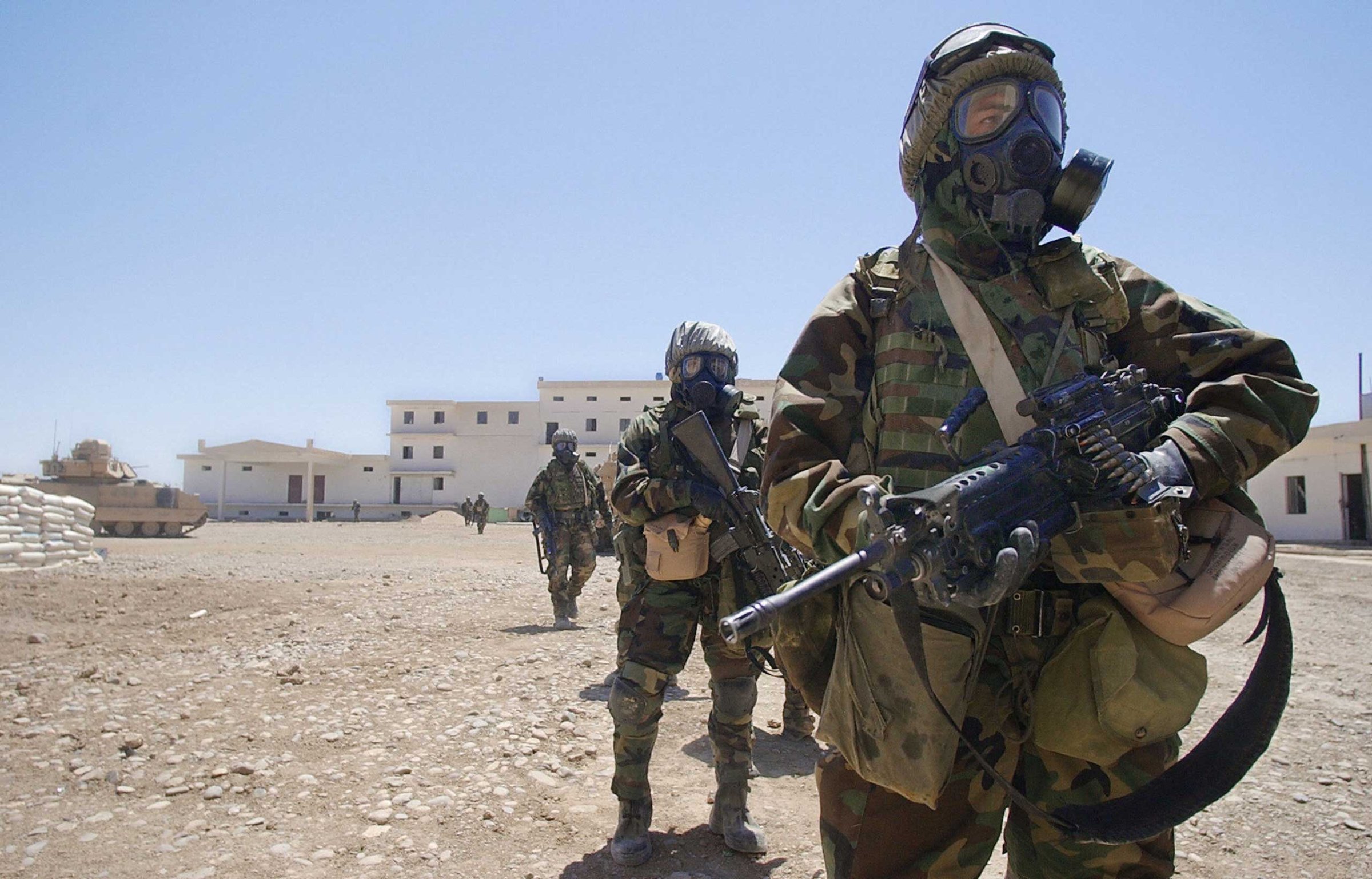
American and Iraqi troops came across and, in some cases, were wounded by aged or abandoned chemical weapons between 2004 and 2011, according to a New York Times investigation published late Tuesday.
The report, which is based on redacted intelligence records and dozens of interviews with American and Iraqi officials — and, notably, 17 U.S. service members and seven Iraqi police officers who claimed they were exposed to mustard or nerve agents — analyzes how the U.S. apparently suppressed information about the discoveries and barred the injured from receiving proper recognition and medical care.
The investigation also notes that militant group Islamic State of Iraq and Greater Syria, which has seized large swaths of Iraq and Syria over the past year, controls a former production site that Iraq told the United Nations over the summer still held about 2,500 corroded munitions.
More Must-Reads from TIME
- Inside Elon Musk’s War on Washington
- Why Do More Young Adults Have Cancer?
- Colman Domingo Leads With Radical Love
- 11 New Books to Read in February
- How to Get Better at Doing Things Alone
- Cecily Strong on Goober the Clown
- Column: The Rise of America’s Broligarchy
- Introducing the 2025 Closers
Write to Elizabeth Barber at elizabeth.barber@timeasia.com



